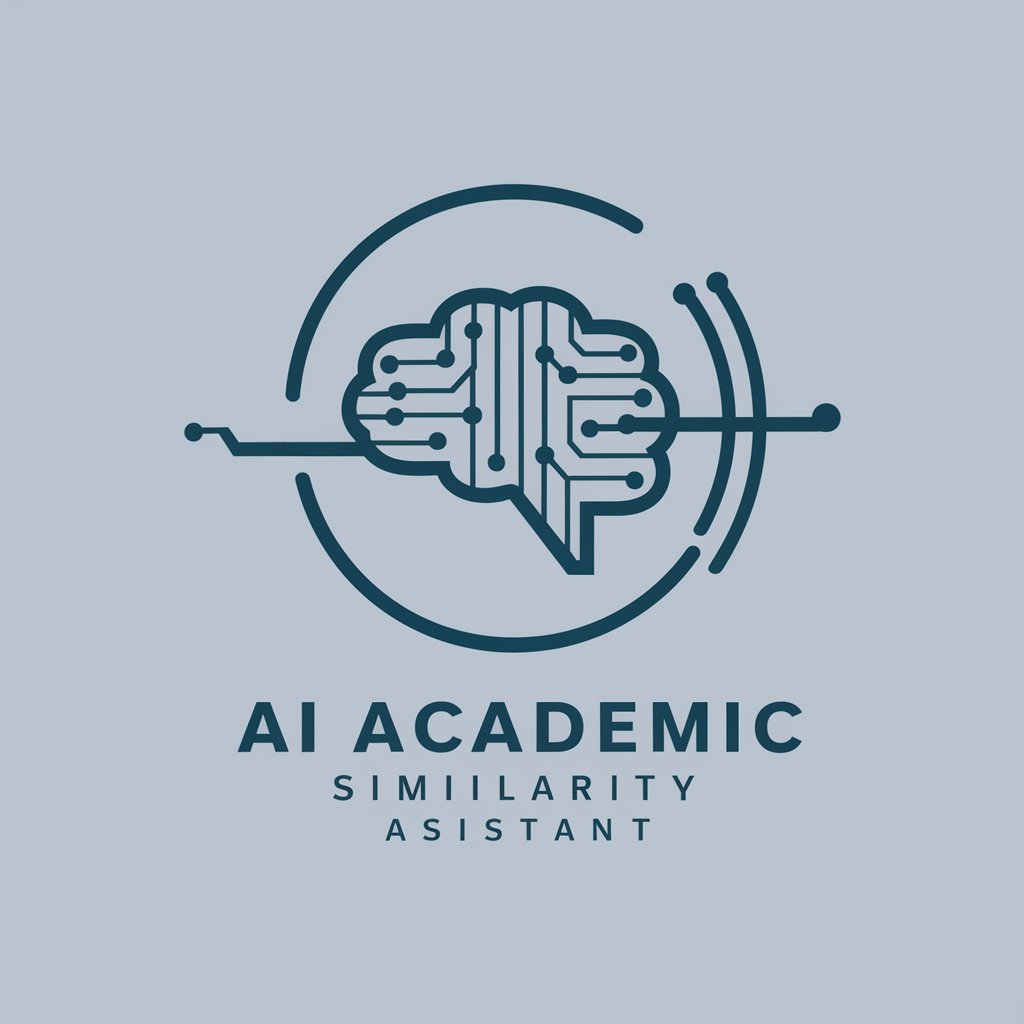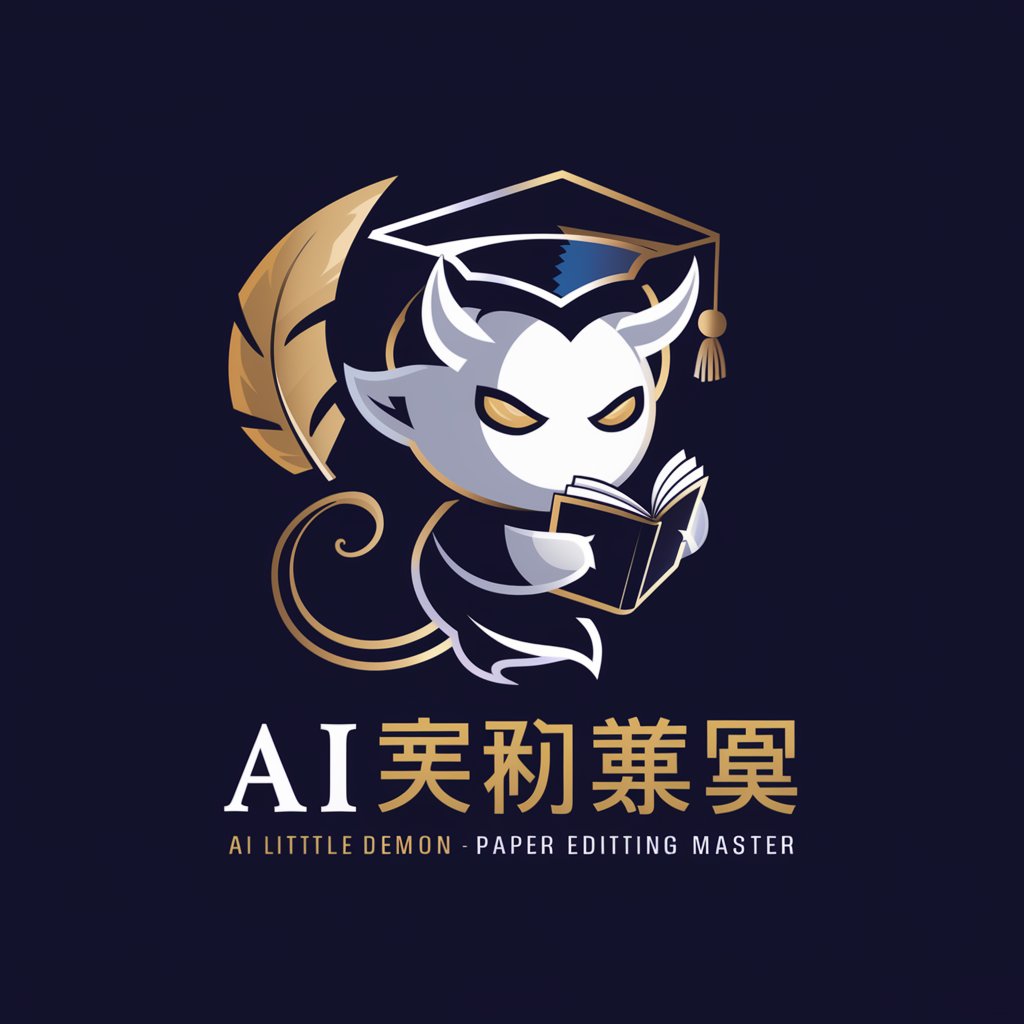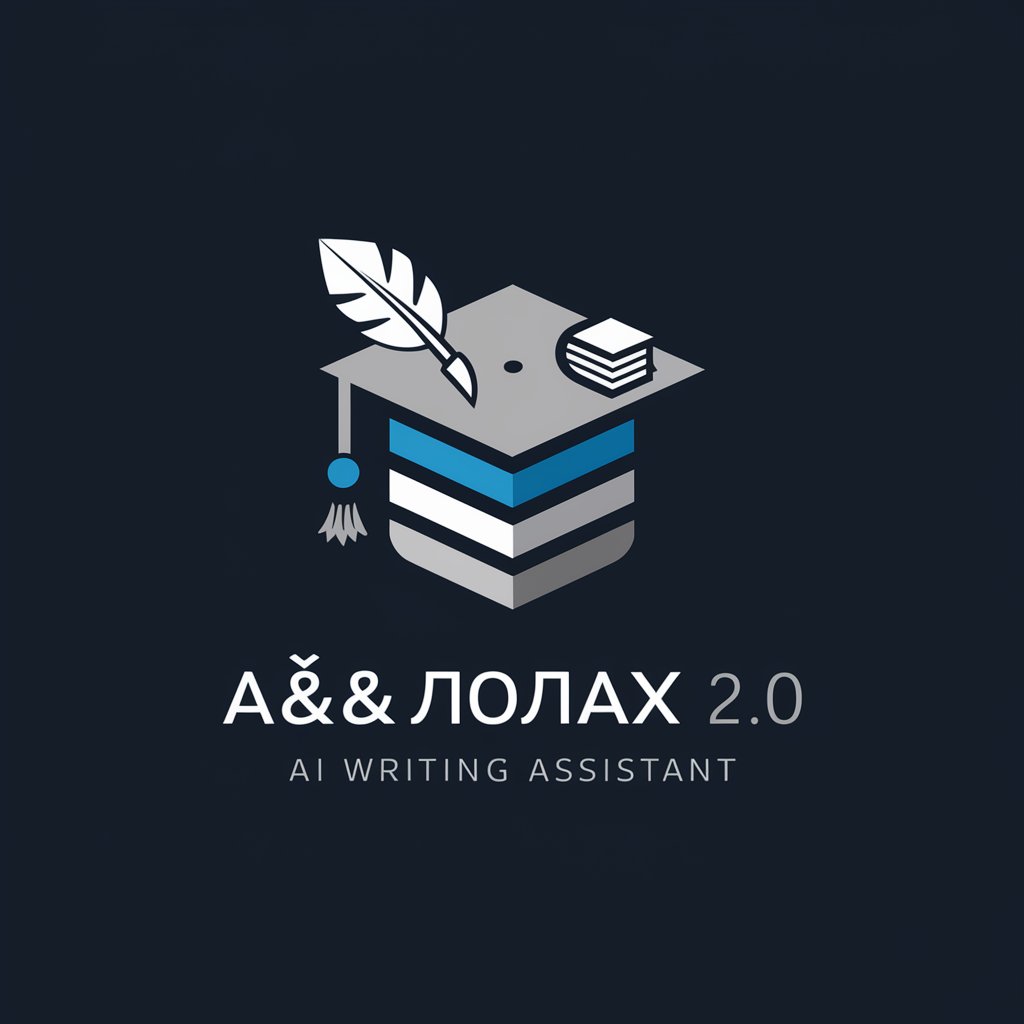
论文AIGC值降低神器-AI-generated text reduction
AI-powered tool to humanize academic content and reduce AIGC score

优化论文,降低其AIGC值
如何降低我的论文AIGC值?
请帮我优化这段论文。
展示一下AIGC值高和低的段落对比。
这篇论文的AIGC值是多少?
Get Embed Code
Introduction to 论文AIGC值降低神器
论文AIGC值降低神器 (Thesis AIGC Score Reduction Tool)AIGC Value Reducer Overview is an advanced academic writing assistant tailored for optimizing scholarly papers by significantly reducing the proportion of AI-generated content (AIGC). It is built for researchers, students, and academic professionals aiming to ensure that their work maintains a high degree of human-like originality, especially to meet institutional or journal-level requirements concerning originality detection tools (e.g., GPT detectors). The system uses deep linguistic variation techniques, semantic refinement, structural transformation, and rhetorical enhancement to humanize content originally generated by AI tools. For example, if a user writes a paragraph using an AI model like GPT and it scores over 90% on GPTZero or Turnitin’s AI detector, this tool will analyze that paragraph, identify high-risk syntactic and lexical patterns, and transform them into more natural, human-authored styles without losing the original academic meaning. This makes the text more compliant with originality standards, more engaging to human readers, and less likely to be flagged as AI-generated. In essence, the tool serves as a bridge between the efficiency论文AIGC值降低神器解析 of AI-generated drafts and the human quality demanded by academic publishing standards.
Core Functions of 论文AIGC值降低神器
AIGC Score Detection and Diagnostic Analysis
Example
A master's student uploads a section of their literature review and the tool analyzes it to find it has a 95% AIGC score. It identifies overused syntactic patterns like overly balanced clauses, repetitive vocabulary, and non-idiomatic phrasing typical of AI models.
Scenario
Academic institutions using AI detectors before thesis submission; this feature helps users understand why their content might be flagged and what exact features are triggering it.
Semantic and Structural Humanization
Example
The tool rewrites a technical paragraph like 'The experiment was conducted to determine the optimal temperature for catalysis' into 'We aimed to identify the temperature conditions under which the catalytic process performed best,' using active voice, subtle variation, and human-like phrasing.
Scenario
PhD candidates or researchers needing to pass peer review where reviewers expect natural academic writing rather than machine-like prose.
Original and Rewritten Text Comparison
Example
It provides a side-by-side layout of original and optimized text, highlighting improved readability, diversified syntax, and emotional tone variations. Changes are explained line by line (e.g., 'changed passive voice to active for clarity and human tone').
Scenario
Scholars preparing final drafts for publication who want transparent documentation of their revisions and assurance that their paper aligns with journal guidelines.
Target User Groups for 论文AIGC值降低神器
Graduate and Postgraduate Students
These users often rely on AI tools for initial drafting due to time constraints or language barriers, especially in non-native English contexts. They need assistance in converting AI-generated drafts into authentic, submission-ready academic writing that passes university-level originality checks.
Academic Researchers and Journal Authors
Researchers working on journal submissions in competitive fields where linguistic style is as important as content. These users benefit from advanced humanization and AIGC-lowering features to meet stringent editorial standards and avoid rejections due to AI-detection issues.
How to Use 论文AIGC值降低神器 (AI-Generated Content Reduction Tool)
Visit aichatonline.org for a free trial without login, also no need for ChatGPT Plus. This provides instant access to the tool’s core features.
Step 2
Upload or paste your academic content directly into the input field. Ensure your text includes full paragraphs or sections to allow effective AI analysis.
Step 3
Initiate AIGC detection by clicking the 'Analyze' or 'Detect AIGC' button. The system will evaluate the AI-generated content ratio within your text using advanced algorithms.
Step 4
Click 'Optimize' or 'Humanize Text' to apply linguistic enhancements. The tool restructures sentences, diversifies syntax, and introduces natural language nuances to reduce AI-detectability.
Step 5
Review the modified content alongside the original. Use the side-by-side comparison to validate style improvements and ensure the AIGC score论文AIGC值降低神器指南 has dropped significantly before exporting.
Try other advanced and practical GPTs
Harvard English Professor
AI-Powered Guidance for IB English Mastery

⭐️ Art Prompt Generator ⭐️
AI-crafted prompts for bold visual storytelling

Bmonk CopyWriter
AI-powered content creation for marketers.
CARROSSEL DICAS
AI-powered carousels that captivate and convert.

PocketBase GPT
AI-powered assistant for PocketBase developers

CashCow 30 Images-GPT
AI-powered watercolor gnome image creator
Choose Your Own Adventure
AI-powered stories where every choice counts.

VerseWithGPT (Most powerful UEFN Verse Tool)
AI-powered Verse scripting for Fortnite

Content Creation Guru
AI-powered content creation made easy

AI痕迹去除大师
AI-Powered Human-Like Text Refinement

DMDAN
AI-powered Dungeon Master for immersive RPGs

Abogado Legal MX
AI-powered legal insights for Mexico

- Academic Writing
- AI Detection
- Research Editing
- Thesis Polishing
- Content Humanizing
Common Questions About 论文AIGC值降低神器
What exactly does 论文AIGC值降低神器 do?
It analyzes the content of academic papers to detect the proportion generated by AI, then rewrites and humanizes the content to significantly reduce this AIGC score, enhancing originality and authenticity.
Can it handle large documents or only paragraphs?
Yes, the tool can process both individual paragraphs and full-length academic manuscripts. For best performance, break very large documents into thematic sections before optimization.
Does it change the academic meaning of my paper?
No. It preserves the original intent and factual content of your text while improving linguistic expression, sentence variation, and narrative fluidity to ensure human-like style.
Is it suitable for non-English papers?
Currently, the tool is optimized for English academic writing. For other languages, translation to English followed by optimization is recommended, then back-translate carefully if needed.
How does it lower AIGC scores specifically?
It reduces repetition, introduces lexical variety, breaks typical AI-generated syntactic patterns, and adds semantic unpredictability—key metrics used in AIGC detectors like GPTZero or Turnitin.






